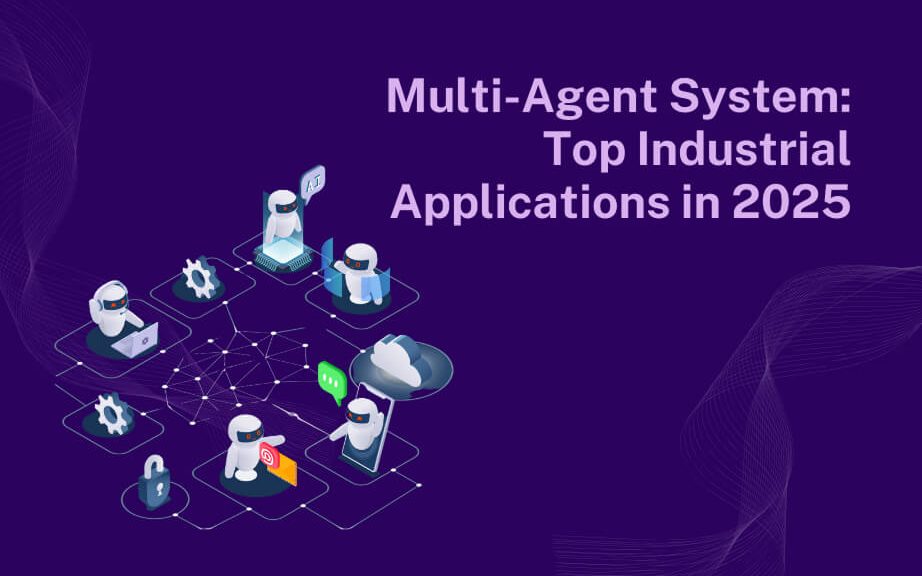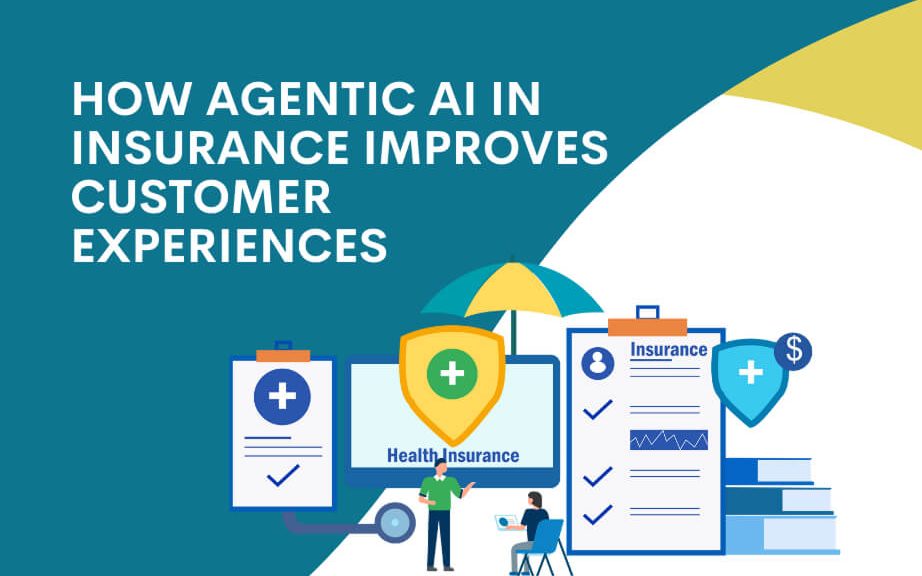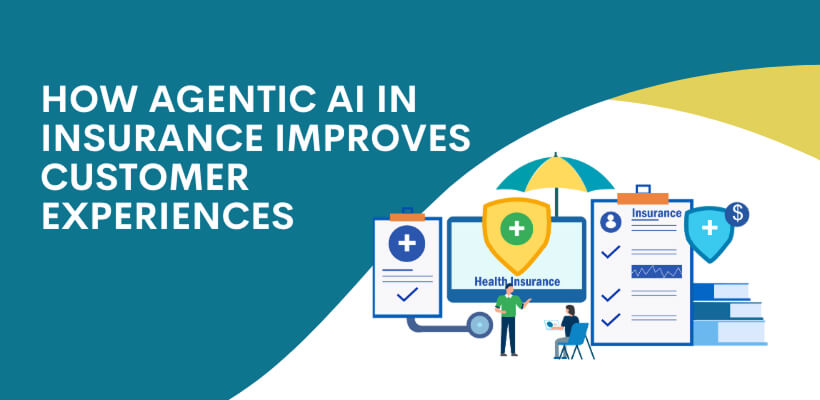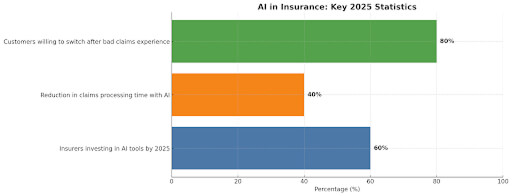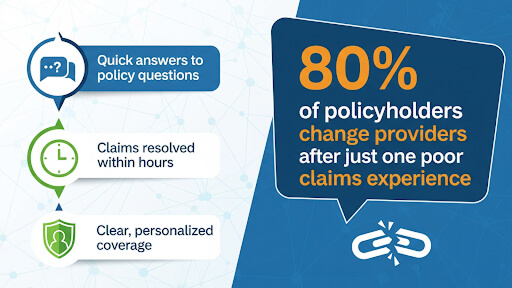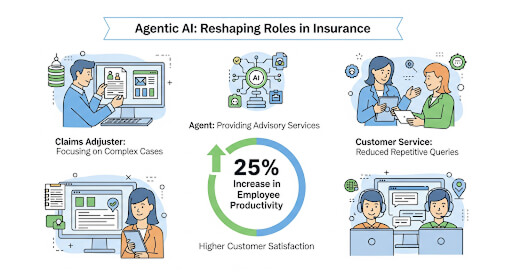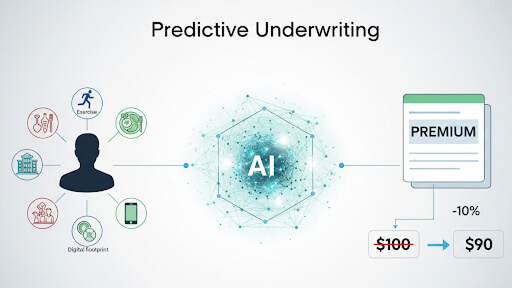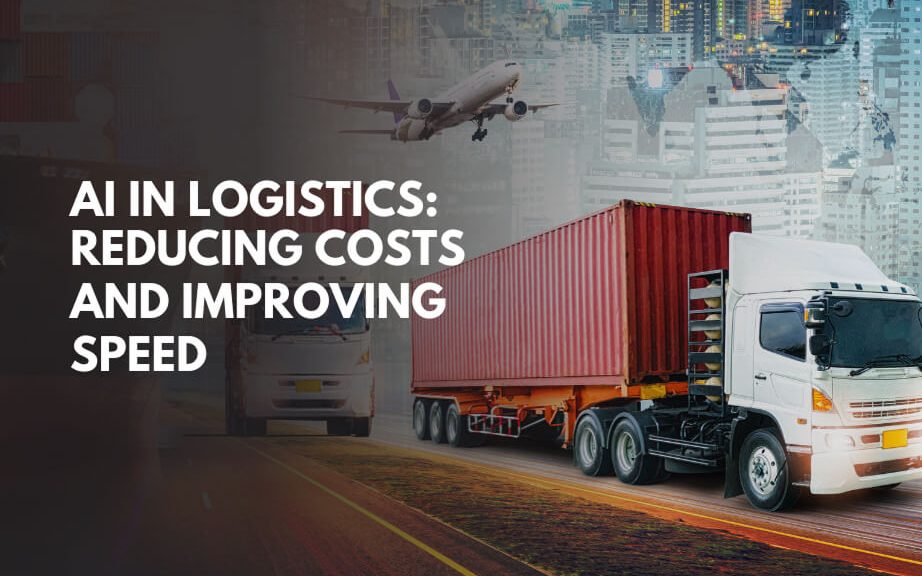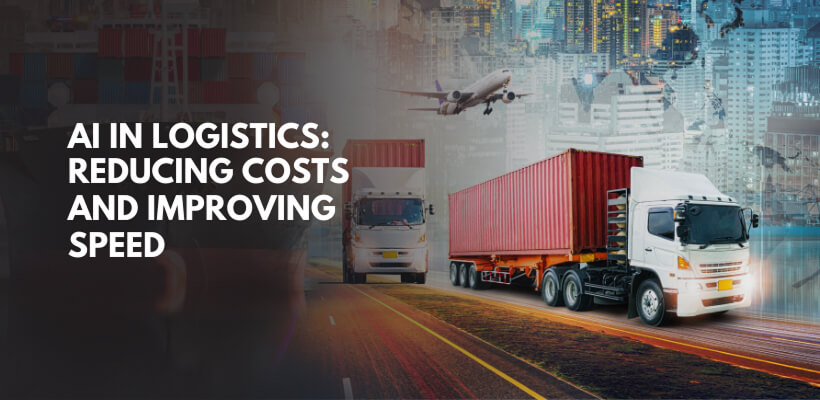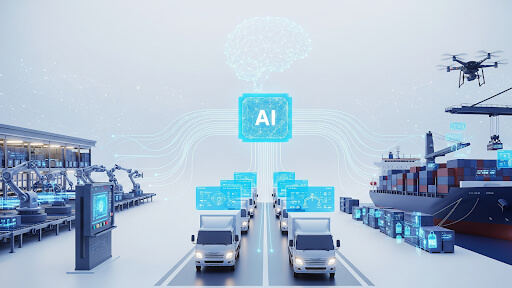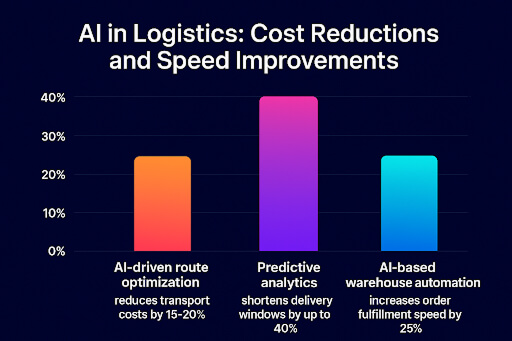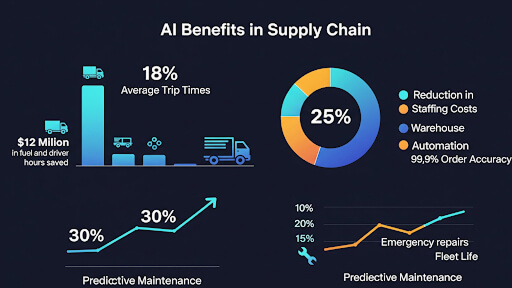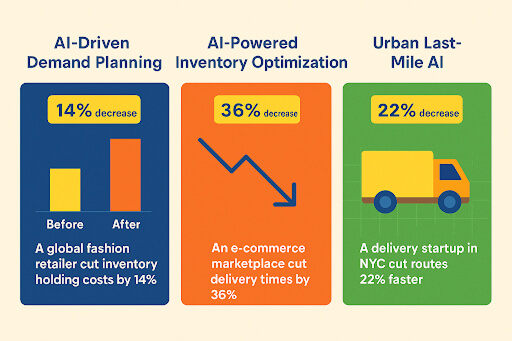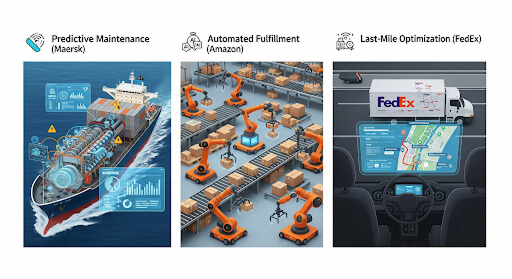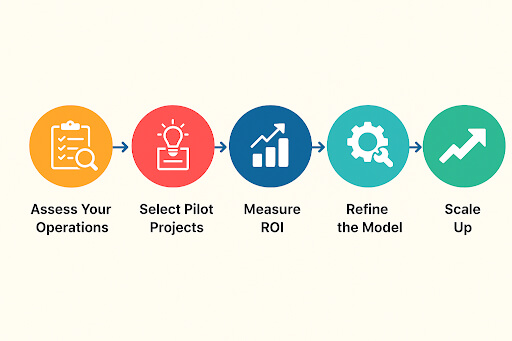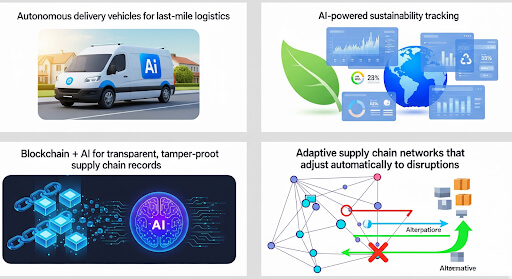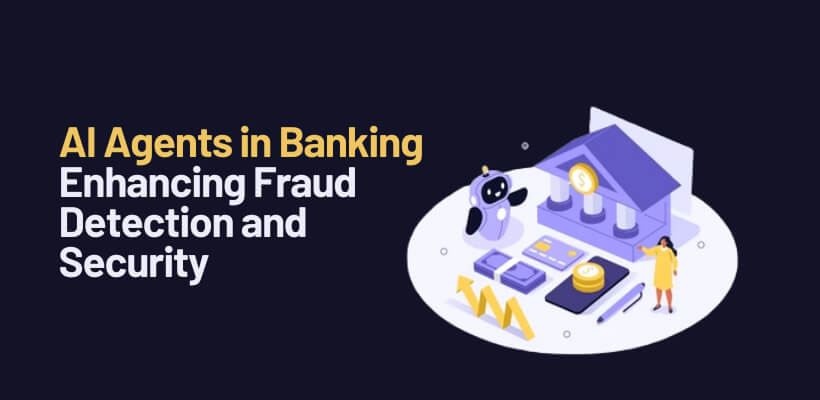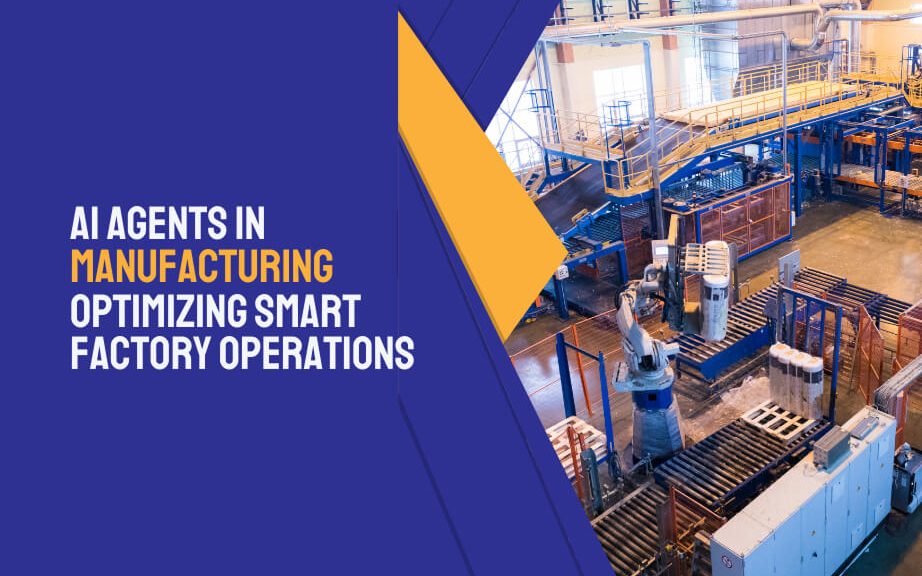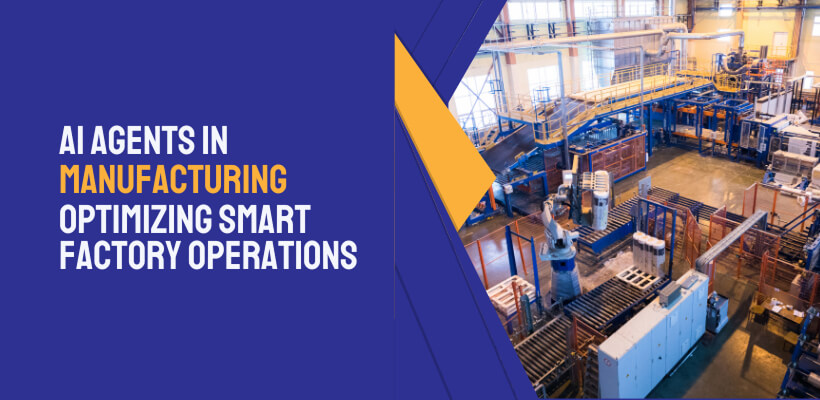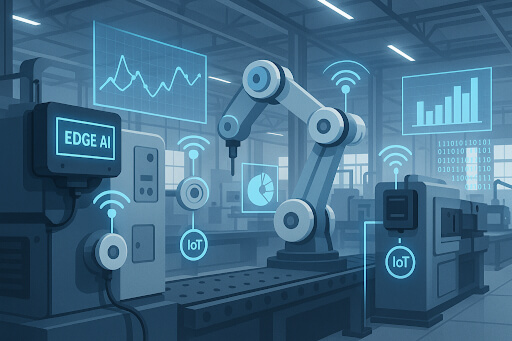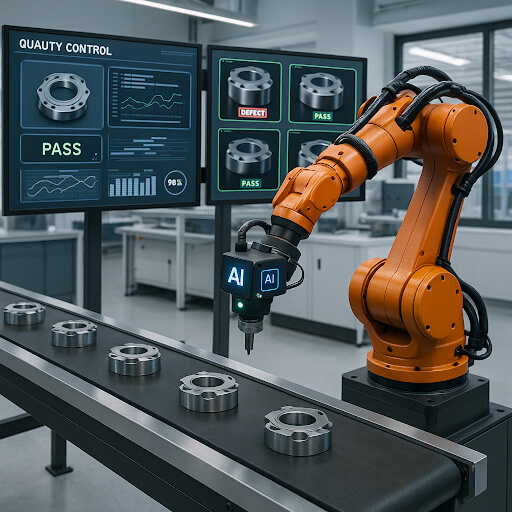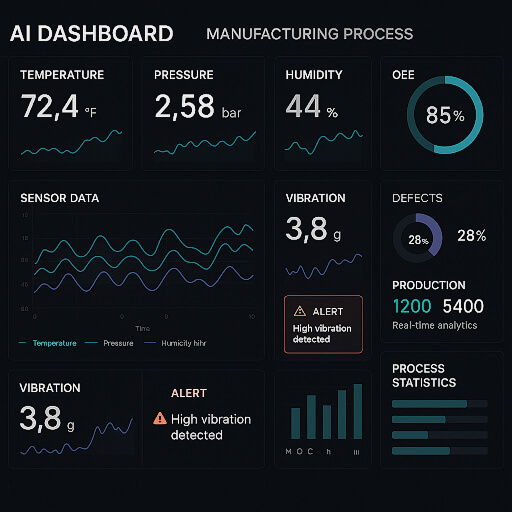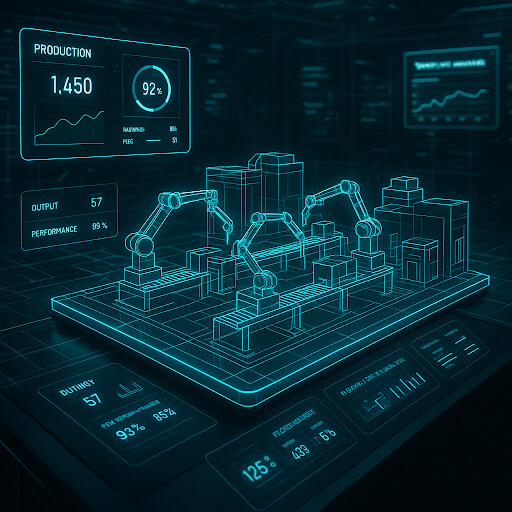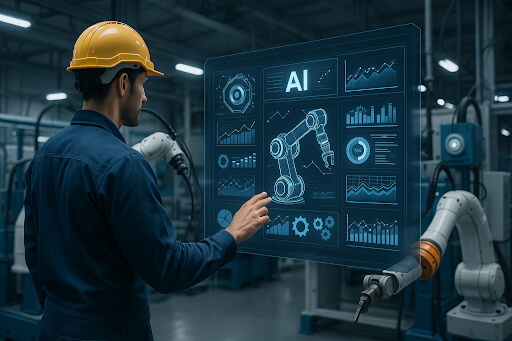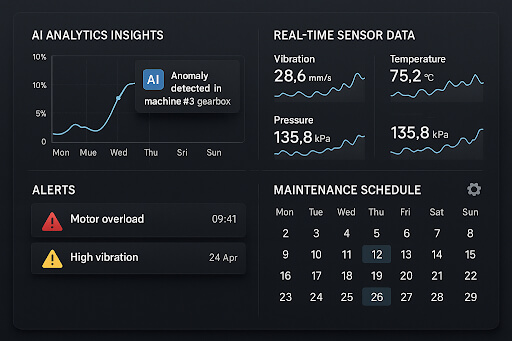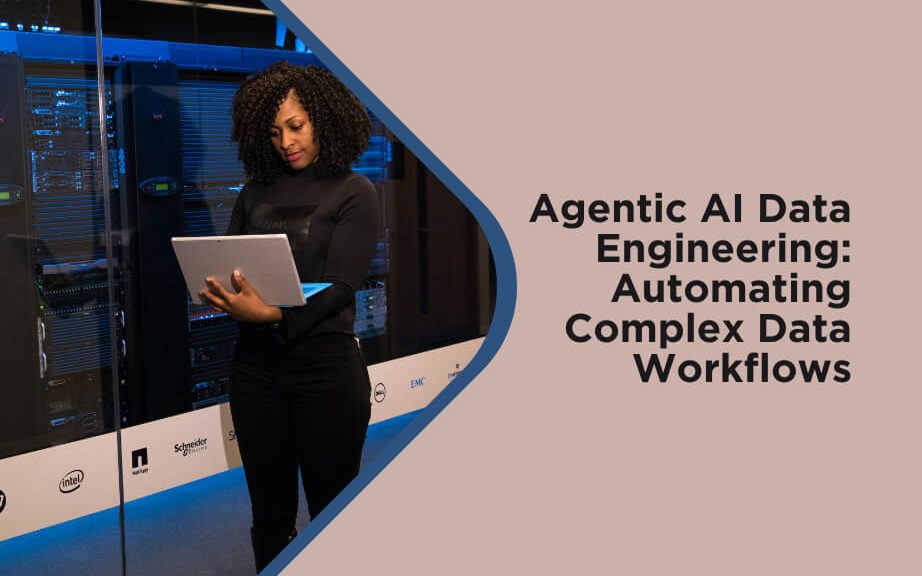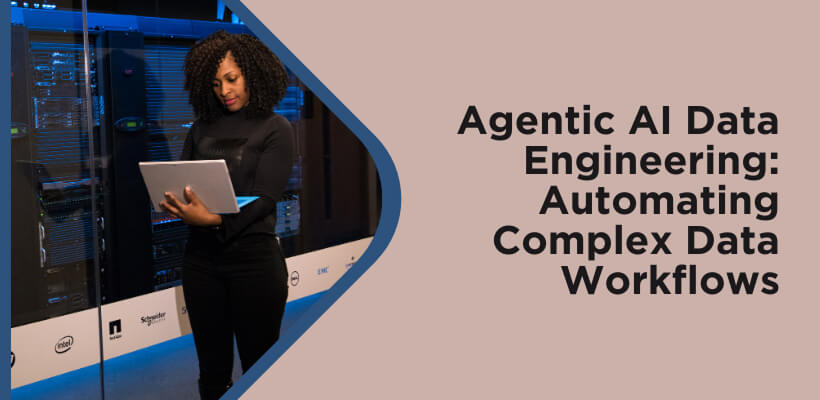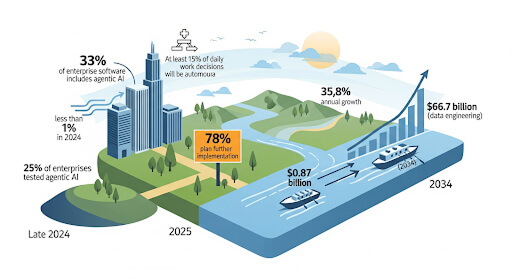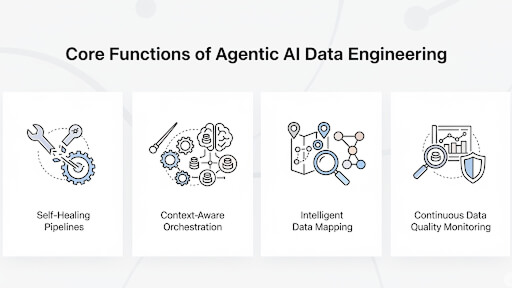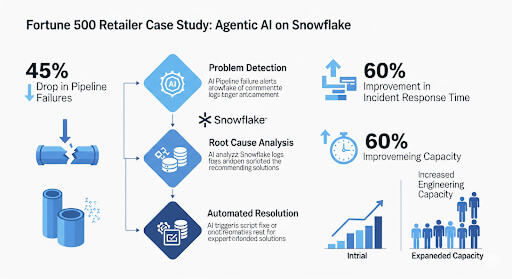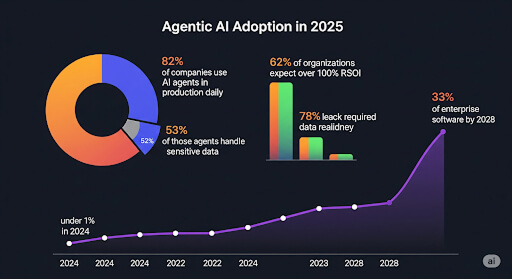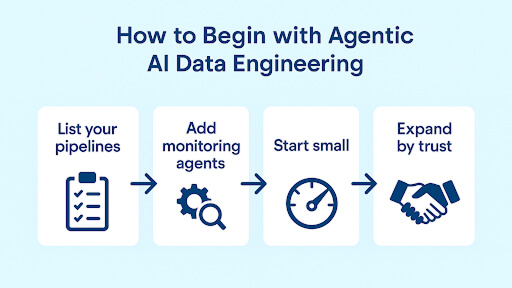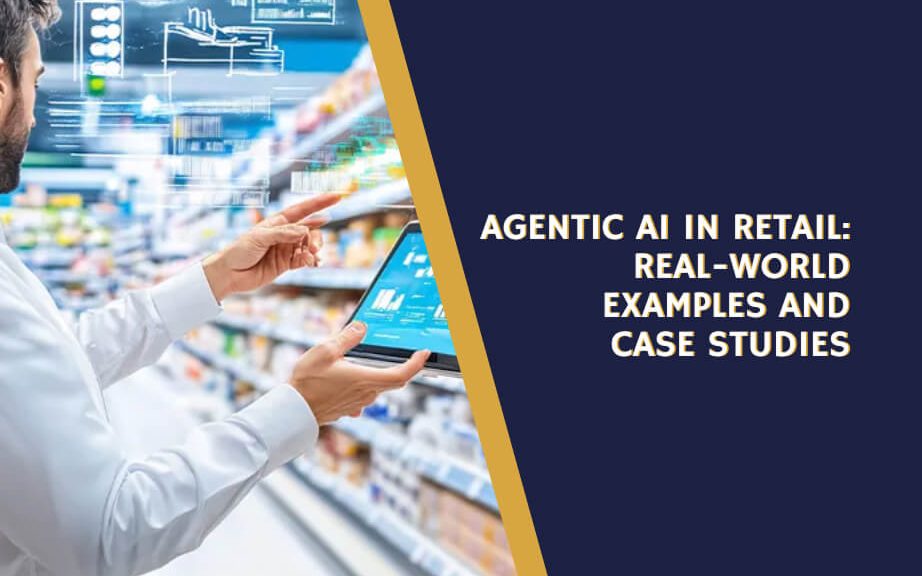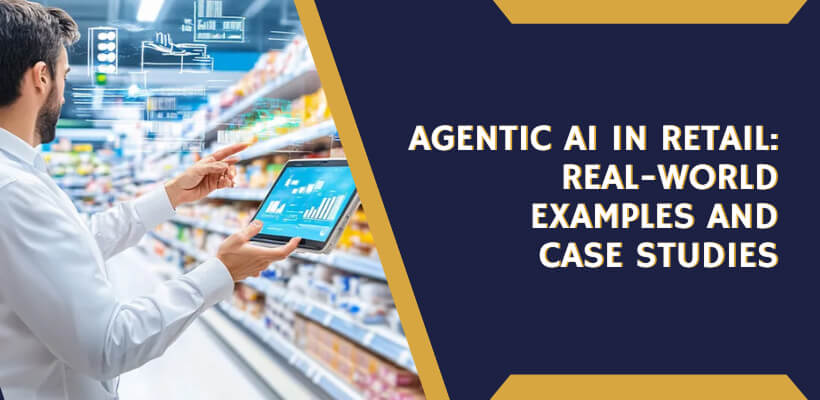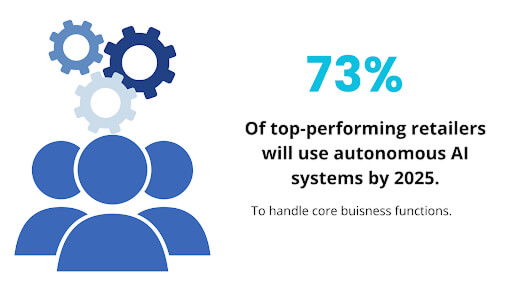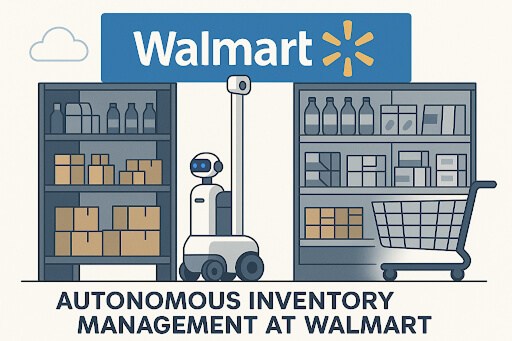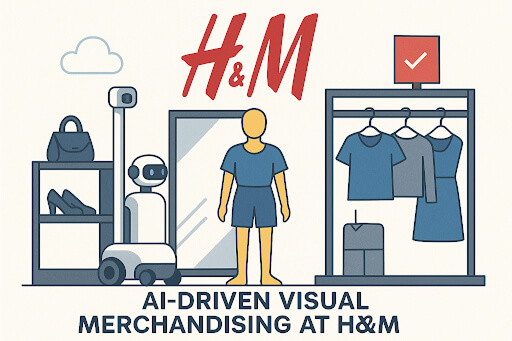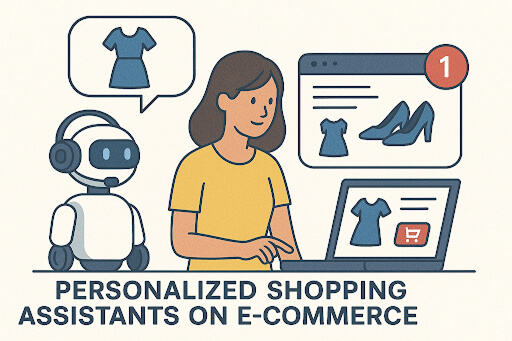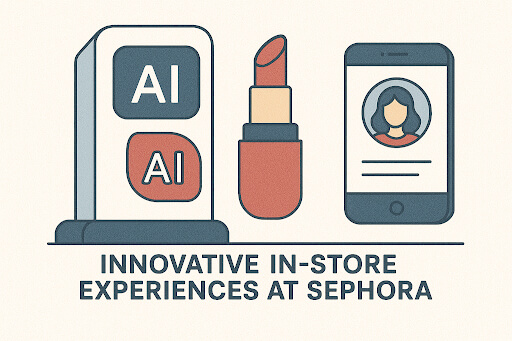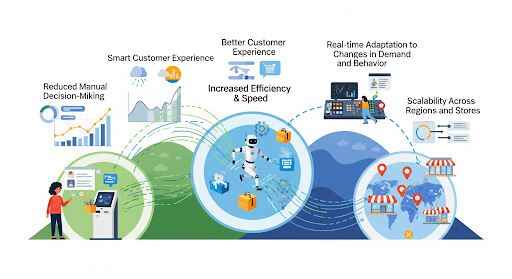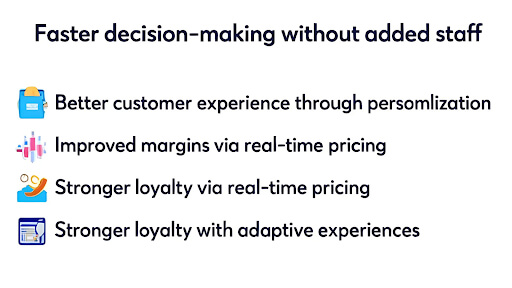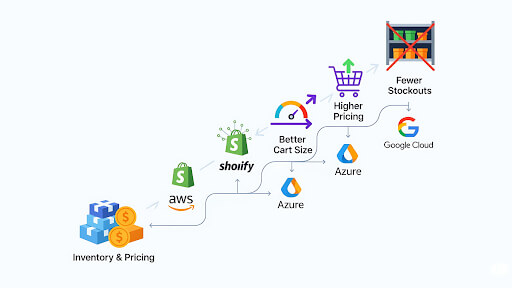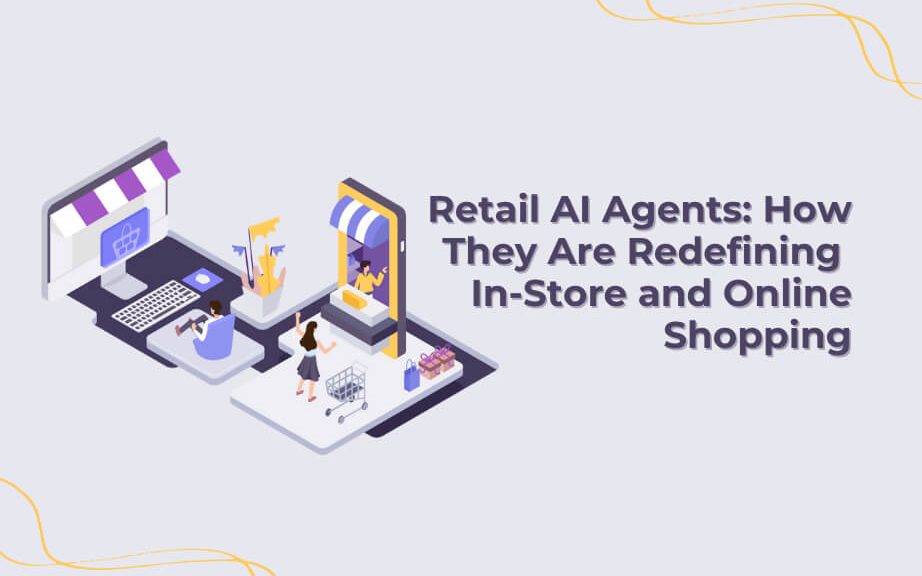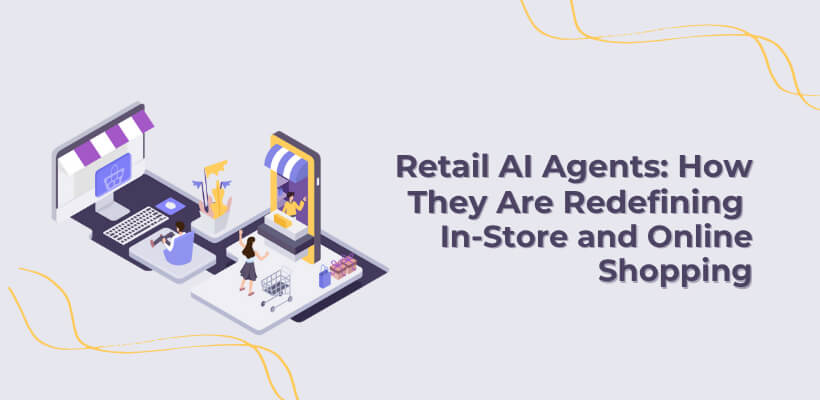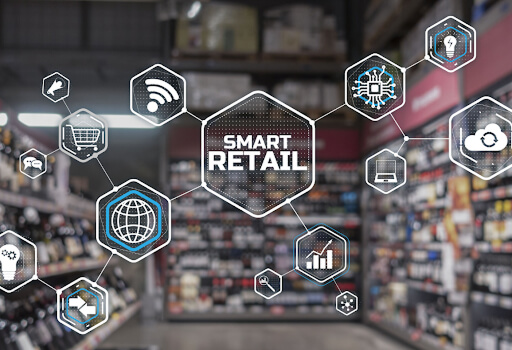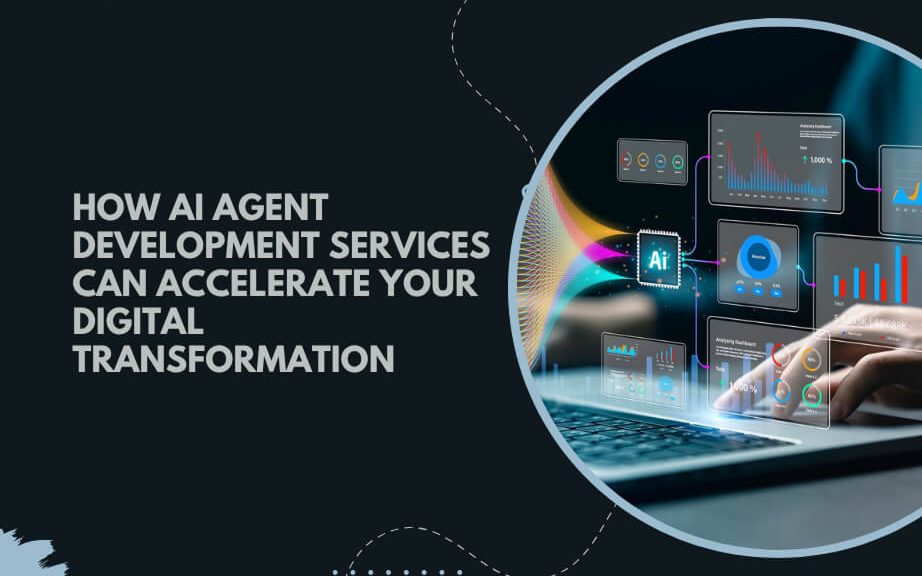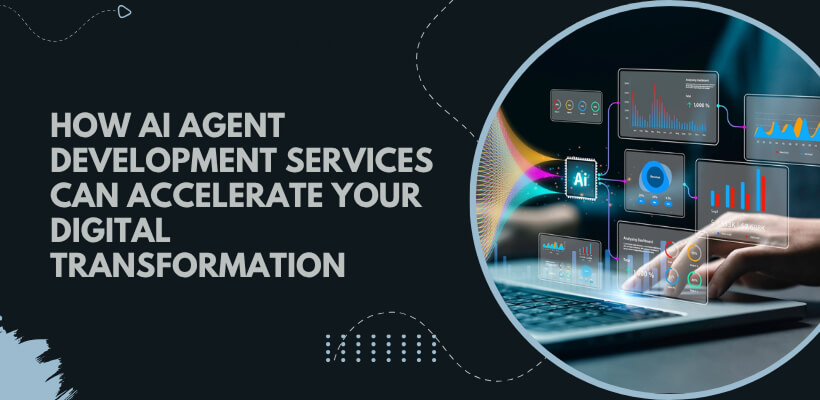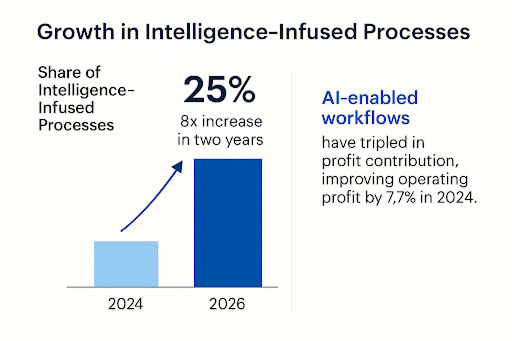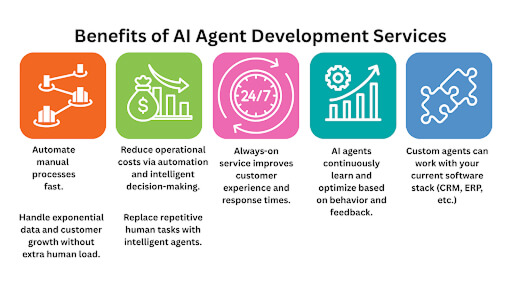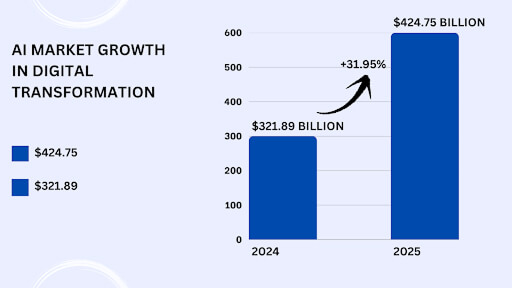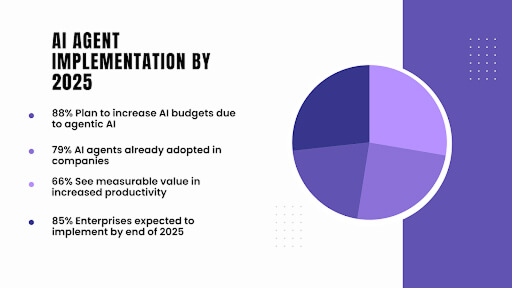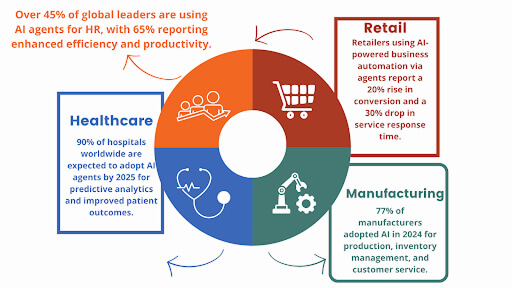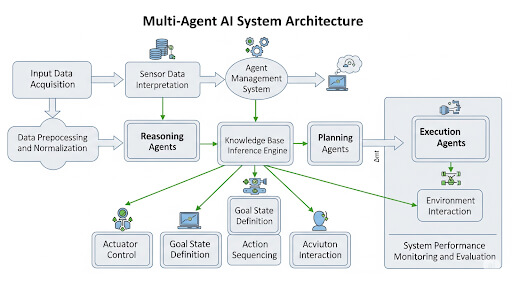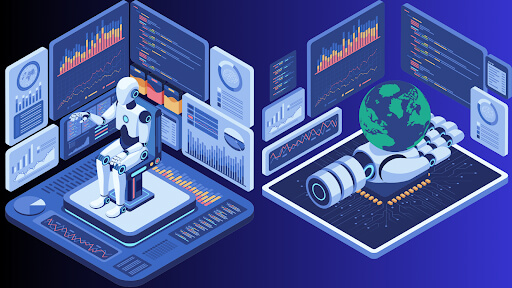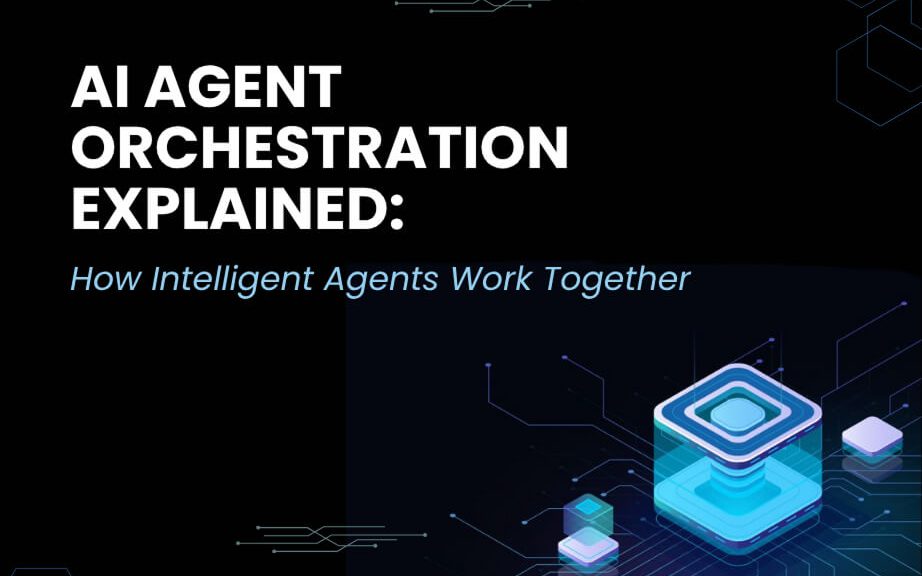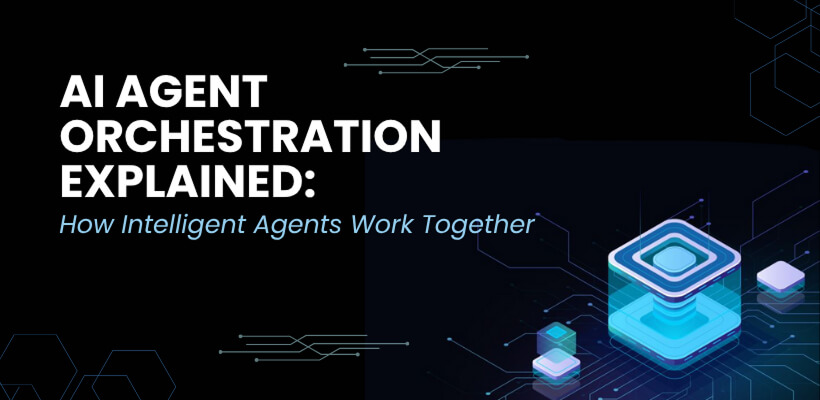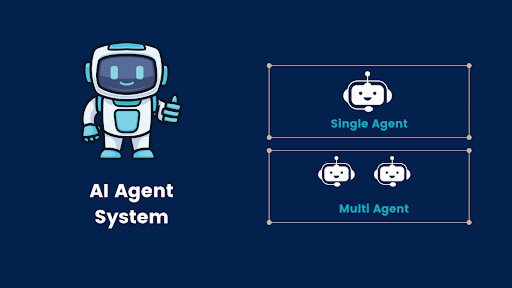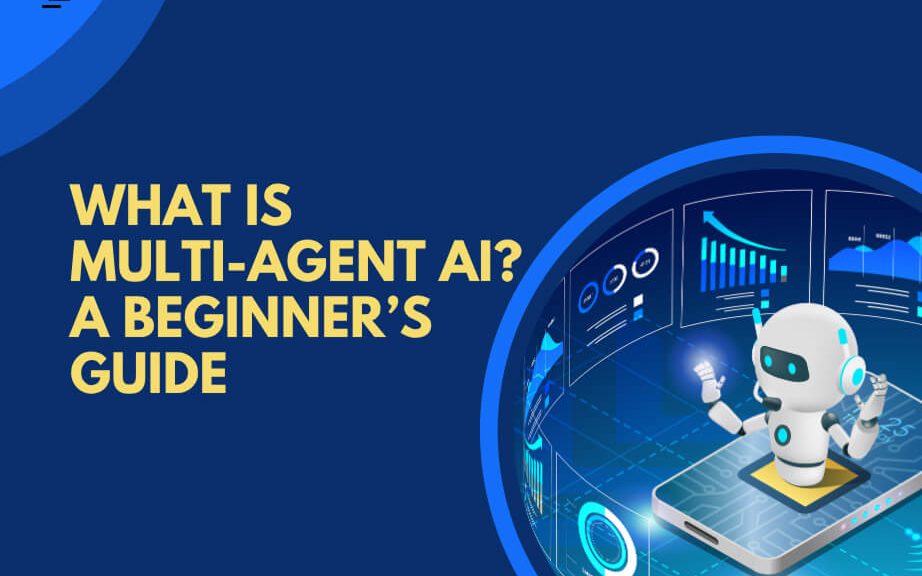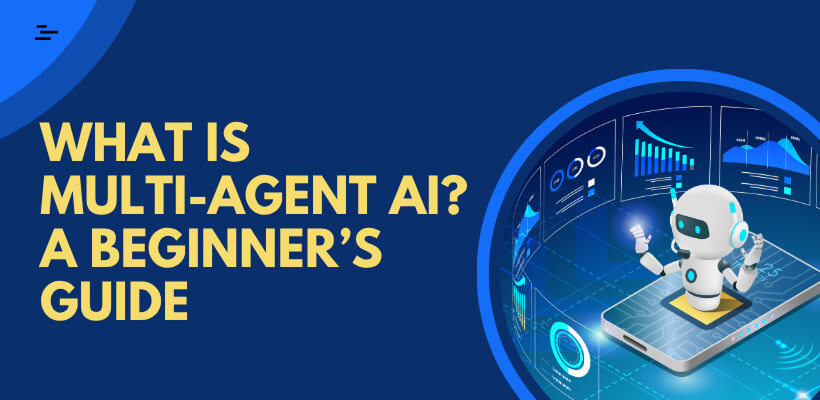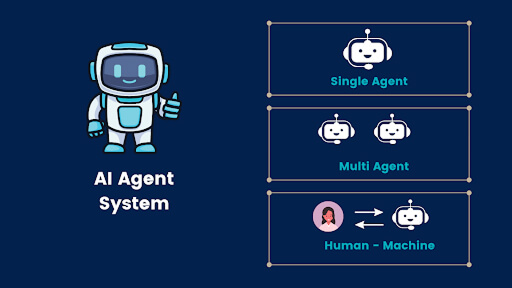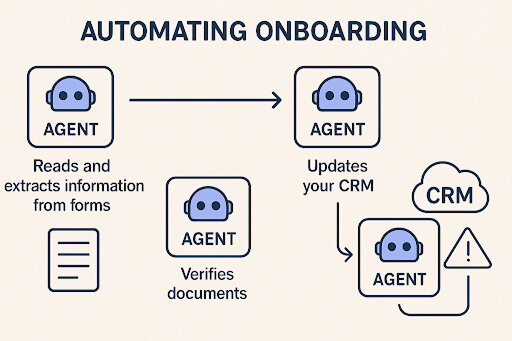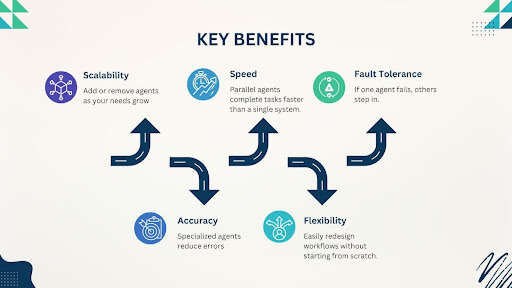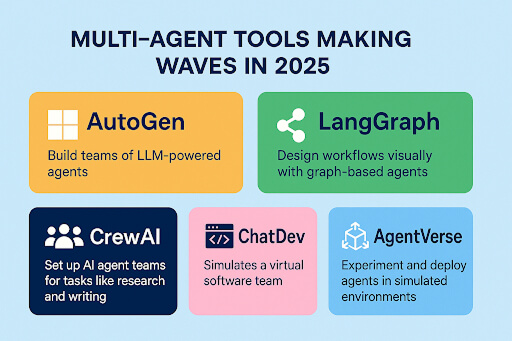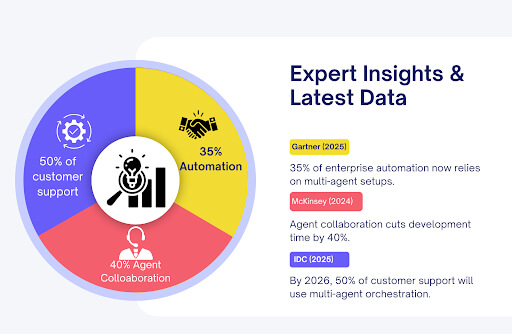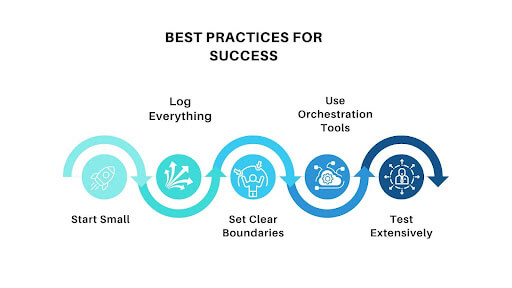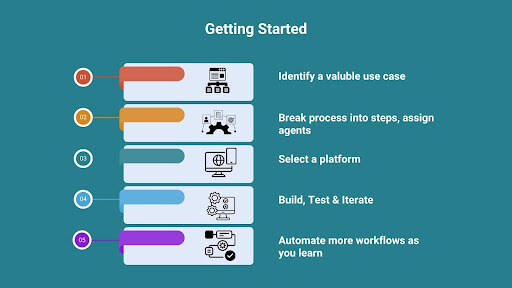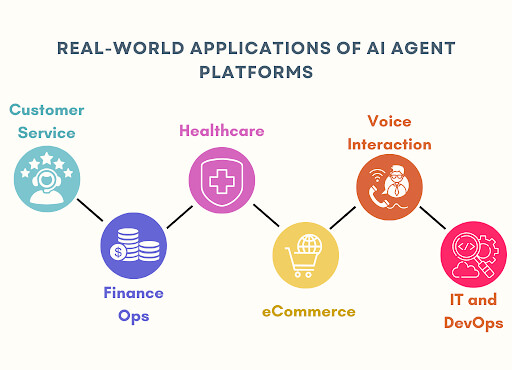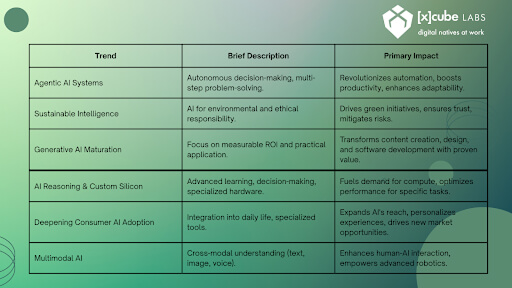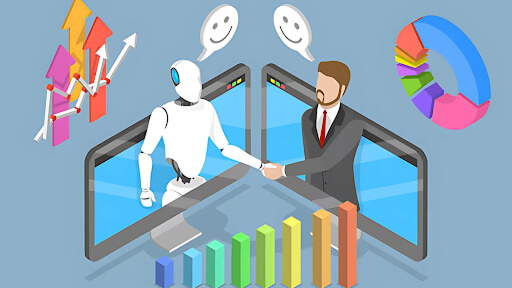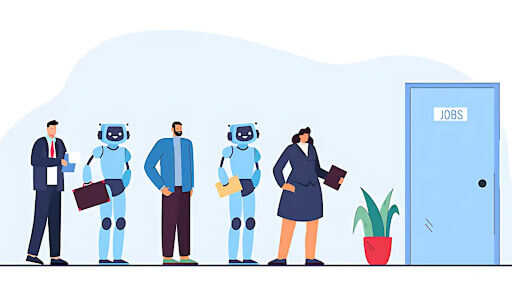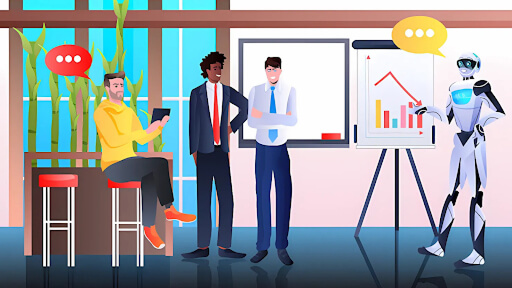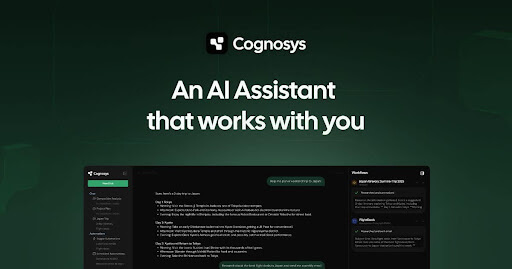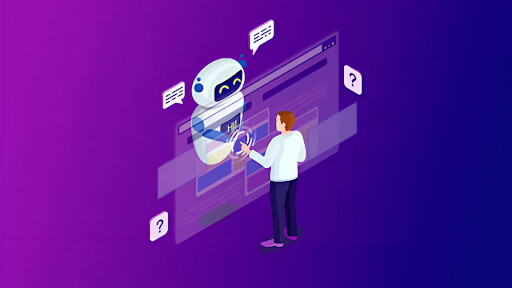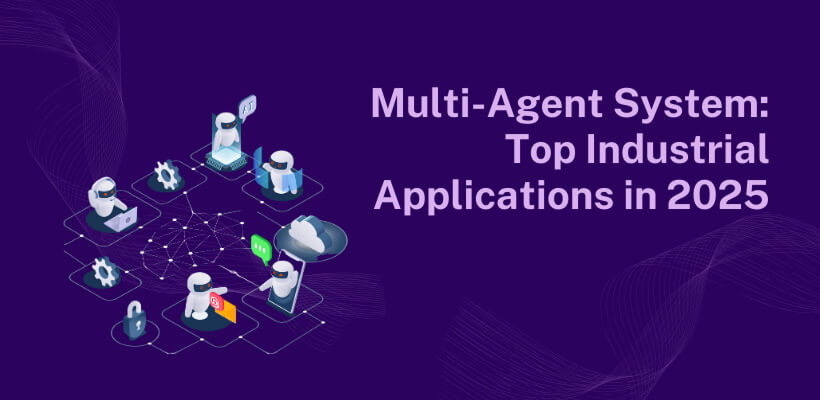
The digital world in 2025 is no longer about single systems working in isolation; it’s about interconnected intelligence. Multi-agent systems (MAS) have emerged as one of the most potent enablers of automation, decision-making, and efficiency across various industries. Unlike traditional systems, MAS allow multiple intelligent agents to collaborate, compete, and self-organize to solve complex, dynamic problems that would otherwise be too overwhelming for humans or single systems to handle.
According to Gartner, over 50% of enterprises are expected to adopt agent-based modeling by 2027 to enhance their decision-making capabilities. Meanwhile, the global AI in multi-agent systems market is projected to grow at a CAGR of more than 35%, fueled by demand in sectors like manufacturing, logistics, healthcare, and finance.
As technology advances, the question is no longer whether organizations should adopt Multi-Agent Systems, but how fast they can implement them to stay competitive. In this blog, we’ll explore what makes MAS different, why businesses are embracing them, and the top industrial applications reshaping the future.
What Is a Multi-Agent System?
A Multi-Agent System is a coordinated network of specialized AI agents, each performing a distinct function, that collaborate to solve complex industrial problems, such as optimization, scheduling, and real-time monitoring. Each agent can:
- Observe part of the environment (data streams, sensors, APIs).
- Agents combine data-driven insights with predefined strategies to analyze situations and plan responses.
- Agents act using tools like databases, actuators, robotic controllers, or external services.
- Agents communicate and coordinate with each other.
This division of labor makes MAS ideal for decentralized, dynamic, and complex environments. In these cases, a single AI agent would be brittle, slow, or unsafe.
Core MAS Properties
- Autonomy: Each agent makes local decisions within defined parameters.
- Specialization: Each agent has a defined role (such as planner, executor, validator, or monitor), each with distinct responsibilities and toolsets tailored to their function in the system.
- Coordination: Shared protocols enable task routing, negotiation, and conflict resolution.
- Adaptivity: Agents learn from outcomes and adjust their strategies in real-time.
- Safety by Design: Oversight agents enforce policies, constraints, and audits to ensure safety.
The Difference Between a Single Agent and a Multi-Agent System
A single-agent system and a multi-agent system differ in their approach to problem-solving.
- Single-Agent System: A single-agent system is a monolithic AI entity designed to operate independently of other systems. It’s excellent for well-defined, straightforward tasks, such as a chatbot answering FAQs or a simple recommendation engine. Its strength is its simplicity and speed for a specific, focused problem. However, it cannot collaborate, its scalability is limited, and if it fails, the entire system can go down.
- Multi-Agent System: In contrast, an MAS is a collaborative framework where multiple agents work together. Each agent is often specialized, bringing a unique skill or perspective to the table. This cooperative nature provides several key advantages:
- Enhanced Problem-Solving: MAS can tackle complex, multi-faceted problems by breaking them down into smaller, manageable sub-tasks.
- Scalability: You can easily add more agents to the system as the problem’s complexity or scope increases, without having to rebuild the entire system.
- Fault Tolerance: If one agent fails, others can often adapt or take over its responsibilities, ensuring the system’s resilience and continuity.
- Adaptability: They are highly effective in dynamic, unpredictable environments because agents can respond to local changes without a central bottleneck.
Essentially, a single agent is a solo performer, while an MAS is a high-performing team. For organizations with complex problems, multi-agent systems are the logical choice.
Architectures of Multi-Agent Systems
The organization of agents and their methods of interaction are crucial to the success of an MAS. Such organizational structures are referred to as architectures. Of these, three primary types exist:
- Centralized Architecture: In this model, you rely on a single, powerful “orchestrator” or “manager” agent to coordinate all other agents. This central agent allocates your tasks, monitors your system’s progress, and synthesizes results. Implementing this design is straightforward and puts you firmly in control, as all communication flows through one hub. Still, you’ll face a single point of failure and potential bottlenecks as your agents and tasks grow.
- Decentralized Architecture: This architecture operates without a central coordinator. Agents interact directly with each other, negotiating and collaborating peer-to-peer to achieve their goals. This approach makes the system incredibly scalable and resilient because a single agent’s failure doesn’t cause the entire system to crash. The main challenge, however, is establishing robust communication rules and coordination protocols that prevent chaos and enable agents to work together effectively without a central authority.
- Hybrid Architecture: As the name suggests, this architecture combines elements of both centralized and decentralized models. A central orchestrator might handle high-level, global tasks, while local, decentralized groups of agents handle specific, sub-tasks. This approach offers a balance between control and resilience, making it a popular choice for large-scale, real-world applications.
Why Organizations Choose Multi-Agent Systems
Organizations are increasingly turning to multi-agent systems (MAS), technologies comprising several independent software entities, known as agents, for a variety of strategic reasons that extend beyond simple automation.

- Orchestrating Complex Workflows: Modern business processes are rarely linear, often spanning multiple departments, data sources, and systems. MAS manages these complex, end-to-end workflows autonomously, making decisions based on real-time data from various sources.
- Higher Efficiency and Scalability: By distributing tasks among specialized agents, MAS can process information and execute actions in parallel, boosting speed and efficiency. As the business grows, simply add more agents to handle the increased workload, making it highly scalable.
- Enhanced Adaptability and Resilience: In dynamic environments, monolithic systems can become outdated. MAS, with distributed intelligence, adapts in real-time to changing conditions and events, ensuring business continuity through built-in resilience and fault tolerance.
- Enabling Autonomous Operations: The ultimate goal for many is an “autonomous enterprise.” MAS makes this possible by perceiving, reasoning, and acting with minimal human intervention, allowing employees to focus on higher-value work. This shift from automation to intelligent autonomy is transformative.
- Unlocking Collective Intelligence: When multiple agents with different skills and knowledge bases collaborate, their collective intelligence can lead to “emergent problem-solving” solutions that were not explicitly programmed but arise from the agents’ interactions. This is what truly distinguishes multi-agent systems.
Top Industrial Applications in 2025
1. Supply Chain and Logistics Optimization
In supply chain and logistics, MAS enables decentralized decision-making, with each agent representing an entity such as a supplier, manufacturer, logistics provider, or delivery vehicle.
- Real-time Route Optimization: Agents representing delivery trucks and logistics hubs can communicate and adjust routes in real-time based on live data, such as traffic, weather, and unexpected road closures. This can lead to significant reductions in delays, fuel consumption, and operational costs.
- Dynamic Inventory Management: Agents monitor sales data, market trends, and supplier information to adjust inventory levels and place new orders as needed automatically. This helps prevent both overstocking and stockouts, ensuring optimal allocation of resources.
- Supplier Collaboration: Agents can automate communication and negotiation with suppliers, facilitating seamless collaboration and ensuring the timely delivery of materials based on real-time production needs.

2. Smart Manufacturing and Industry 4.0
In smart manufacturing and Industry 4.0, MAS enables the creation of interconnected systems and autonomous, data-driven operations within factories.
- Production Planning and Scheduling: Agents can represent individual machines, robots, or production cells. They collaborate to create dynamic production schedules that can instantly adapt to changes, such as machine failures, urgent orders, or supply shortages.
- Collaborative Robotics: A team of robotic agents can work together on complex tasks, such as assembly or quality inspection, coordinating their movements and actions to enhance efficiency and safety.
- Predictive Maintenance: Monitoring agents on a factory floor can detect anomalies in a machine’s performance and communicate with a planning agent to schedule maintenance before a major breakdown occurs, minimizing downtime.
3. Energy Management and Smart Grids
Modern energy grids have become increasingly complex. As a result, multi-agent systems (MAS) play a crucial role in managing this complexity, especially as renewable and distributed energy sources are integrated.
- Decentralized Energy Management: Agents can represent individual homes, smart buildings, solar panels, or energy storage systems. They can autonomously manage energy consumption and production to optimize efficiency and reduce costs.
- Grid Resilience: If one part of the grid fails, a multi-agent system can quickly reroute power and rebalance the load to prevent a larger blackout.
- Real-time Demand Response: Agents can adjust energy usage in response to real-time grid costs and availability, for example, by automatically shifting the charging time of an electric vehicle to off-peak hours.
4. Autonomous Systems and Traffic Management
MAS is fundamental to the development of autonomous vehicles and smart city infrastructure.
- Coordinated Autonomous Vehicles: In a multi-agent system, each autonomous vehicle is an agent. They can communicate with one another (V2V) and with infrastructure (V2I) to coordinate maneuvers, such as platooning on highways, navigating unsignalized intersections, or clearing a path for emergency vehicles.
- Adaptive Traffic Control: Traffic signals at intersections can be managed by agents that adjust their timing in real-time based on traffic density, pedestrian presence, and other environmental factors to reduce congestion.
5. Financial Services and Trading
In finance, MAS is used for high-speed analysis and execution of trades.
- Algorithmic Trading: Agents analyze market trends and execute trades, working together to implement complex trading strategies.
- Fraud Detection: A team of agents can monitor a vast number of transactions in real-time. One agent might flag a suspicious pattern, another might cross-reference it with a user’s normal behavior, and a third might take action to freeze the transaction, all in a fraction of a second.

Conclusion
The evolution from single-agent to multi-agent systems represents a fundamental shift in how we approach AI. By enabling agents to collaborate, communicate, and specialize, we are unlocking a new level of intelligent automation and problem-solving. In 2025, these systems are no longer a theoretical concept; they are driving tangible results across industries, from optimizing complex supply chains and securing financial transactions to creating autonomous cloud infrastructures and revolutionizing manufacturing.
The future is not about one super-intelligent AI but about a team of intelligent, specialized agents working together. Organizations that embrace this paradigm will be the ones leading the next wave of industrial innovation. Now is the time to take action, evaluate your current strategy, invest in multi-agent systems, and position your organization at the forefront of this transformative change.
FAQs
1. What is a Multi-Agent System in simple terms?
A multi-agent system is one in which multiple intelligent agents collaborate to solve complex problems that exceed the capability of a single agent.
2. How is a Multi-Agent System different from traditional AI?
While traditional AI employs a centralized approach, MAS distributes intelligence across multiple agents for enhanced scalability and adaptability.
3. Which industries use Multi-Agent Systems the most in 2025?
Industries like transportation, healthcare, manufacturing, finance, agriculture, and smart cities are leading adopters.
4. Are Multi-Agent Systems the same as AI?
No, MAS is a field within AI focused on multiple intelligent agents interacting and cooperating in dynamic, distributed environments.
5. What is the future of Multi-Agent Systems?
MAS adoption is rising in sustainability, robotics, and global challenges, establishing it as vital to intelligent automation.
How Can [x]cube LABS Help?
At [x]cube LABS, we craft intelligent AI agents that seamlessly integrate with your systems, enhancing efficiency and innovation:
- Intelligent Virtual Assistants: Deploy AI-driven chatbots and voice assistants for 24/7 personalized customer support, streamlining service and reducing call center volume.
- RPA Agents for Process Automation: Automate repetitive tasks like invoicing and compliance checks, minimizing errors and boosting operational efficiency.
- Predictive Analytics & Decision-Making Agents: Utilize machine learning to forecast demand, optimize inventory, and provide real-time strategic insights.
- Supply Chain & Logistics Multi-Agent Systems: Improve supply chain efficiency through autonomous agents managing inventory and dynamically adapting logistics operations.
- Autonomous Cybersecurity Agents: Enhance security by autonomously detecting anomalies, responding to threats, and enforcing policies in real-time.
- Generative AI & Content Creation Agents: Accelerate content production with AI-generated descriptions, visuals, and code, ensuring brand consistency and scalability.
Integrate our Agentic AI solutions to automate tasks, derive actionable insights, and deliver superior customer experiences effortlessly within your existing workflows.
For more information and to schedule a FREE demo, check out all our ready-to-deploy agents here.
 1-800-805-5783
1-800-805-5783